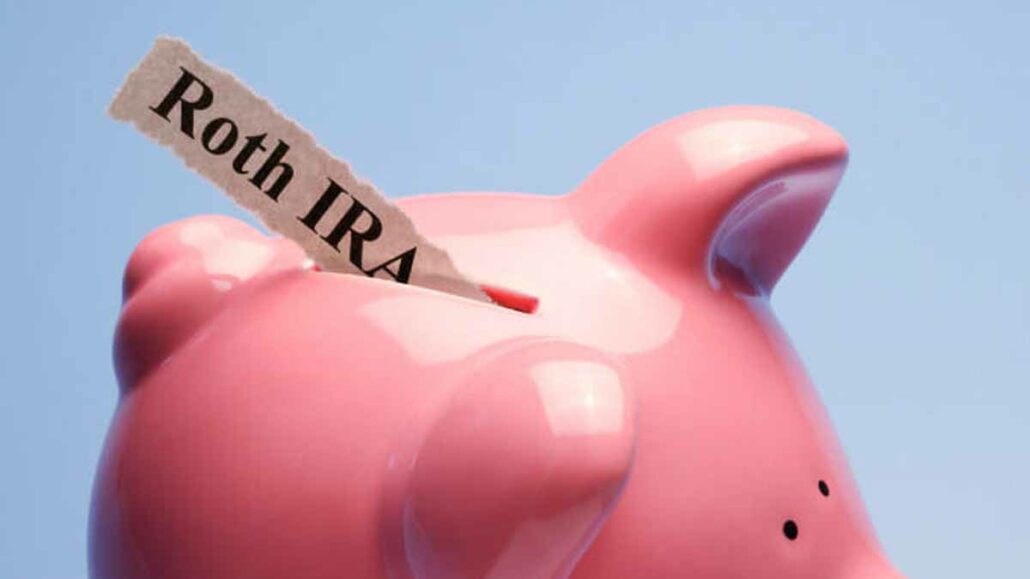Best Investments to Hold in Roth IRA. Kickstart your retirement savings journey with the tax-advantaged power of a Roth IRA! But what investments should you hold within this account to maximize your long-term growth? This comprehensive guide dives into everything you need to know about choosing the best investments for your Roth IRA.

Understanding Roth IRAs
A Roth IRA lets you contribute after-tax dollars, meaning you don’t get an immediate tax deduction. However, the magic lies in tax-free growth and tax-free qualified withdrawals in retirement. This means all your investment earnings, including dividends and capital gains, compound without Uncle Sam taking a bite. This tax benefit makes Roth IRAs particularly attractive for younger investors with a long time horizon to maximize their gains.
Top Investment Choices for Your Roth IRA
S&P 500 Index Funds
These low-cost funds track the performance of the top 500 U.S. companies, offering broad market exposure and a proven track record of growth.
Dividend Stock Funds
Companies with a history of paying regular dividends can provide a steady income stream within your Roth IRA. The tax-free nature of the account makes reinvesting dividends even more advantageous.
Value Stock Funds
These funds focus on undervalued stocks with the potential for significant price appreciation. Value investing requires patience but can be a rewarding long-term Roth IRA growth strategy.
Nasdaq-100 Index Funds
Investing in the top 100 companies on the Nasdaq exchange provides exposure to the technology sector, a driver of innovation and economic growth.
REIT Funds (Real Estate Investment Trusts)
REITs offer a way to invest in real estate without the hassle of property management. They typically generate income through rental payments, which can be tax-sheltered within your Roth IRA.
Factors to Consider When Choosing Roth IRA Investments
- Age: Younger investors have a longer time horizon and can tolerate higher risk for potentially higher returns. Conversely, those nearing retirement may prioritize capital preservation with safer investments.
- Risk Tolerance: Are you comfortable with market fluctuations, or do you prefer a more stable approach? Understanding your risk tolerance is crucial for choosing suitable investments.
- Investment Goals: Clearly define your retirement goals. Early retirement or a luxurious lifestyle may influence your investment strategy.
- Time Horizon: How long until you plan to retire? This impacts your risk tolerance – a longer horizon allows for more aggressive investments.
Asset Allocation for Roth IRAs
Diversification is key to mitigating risk in any investment portfolio. Here’s a breakdown of common asset classes for Roth IRAs:
- Stocks: Represent ownership in companies and offer the potential for high long-term growth but also carry higher risk.
- Bonds: Provide fixed income payments and offer stability but typically lower returns than stocks.
- Cash Equivalents: Offer minimal risk and liquidity but also minimal returns.
Best Investment Types for Roth IRA
- Low-Cost Index Funds: Passively managed funds that track a specific market index, offering broad diversification and low expense ratios.
- Dividend Stocks: Companies with a history of paying regular dividends, providing a source of income within your Roth IRA (tax-free upon withdrawal).
- Growth Stocks: Companies with the potential for high future growth, suitable for younger investors with a long time horizon and higher risk tolerance.
- Target-Date Funds: All-in-one funds with an asset allocation that automatically adjusts as you near retirement, becoming more conservative over time.
Tax Advantages of Roth IRAs
Unlike traditional IRAs, contributions to a Roth IRA are not tax-deductible. However, the significant advantage lies in tax-free qualified withdrawals in retirement. This means all your contributions and earnings grow tax-free, maximizing your retirement savings potential.
Examples of Top Roth IRA Investments
Low-Cost Index Funds:
- Vanguard S&P 500 ETF (VOO)
- Fidelity ZERO Large Cap Fund (FZLX)
- Schwab S&P 500 Index Fund (SWPPX)
Dividend Stocks:
- Johnson & Johnson (JNJ)
- Coca-Cola (KO)
- Procter & Gamble (PG)
Growth Stocks:
- Amazon (AMZN)
- Tesla (TSLA)
- Shopify (SHOP)
Remember, these are just examples, and it’s crucial to conduct your own research before investing.
Additional Tips for Roth IRA Success
- Start Early and Invest Regularly: The power of compound interest is significant. Starting early allows your money to grow exponentially over time.
- Rebalance Your Portfolio Regularly: As market conditions change, your asset allocation may drift. Rebalancing helps maintain your desired risk profile.
- Seek Professional Guidance (Optional): Consider consulting a financial advisor for personalized investment advice tailored to your specific circumstances.
FAQs on Roth IRA Investments:
Can I invest in individual stocks in my Roth IRA?
Yes, you can invest in individual stocks within your Roth IRA. However, this requires more research and carries greater risk than investing in diversified funds.
Are there contribution limits for Roth IRAs?
Yes, the IRS sets annual contribution limits for Roth IRAs. In 2024, the limit is $6,000 ($7,000 if you are 50 or older).
How can I rebalance my Roth IRA investments?
Regularly reviewing your asset allocation and rebalancing your portfolio as needed helps maintain your desired risk profile.
Conclusion
By following these guidelines and choosing the right investments for your Roth IRA, you can build a solid foundation for a secure and prosperous retirement. Remember, this is a long-term endeavor, so stay disciplined, and focused, and enjoy the journey toward financial freedom!

